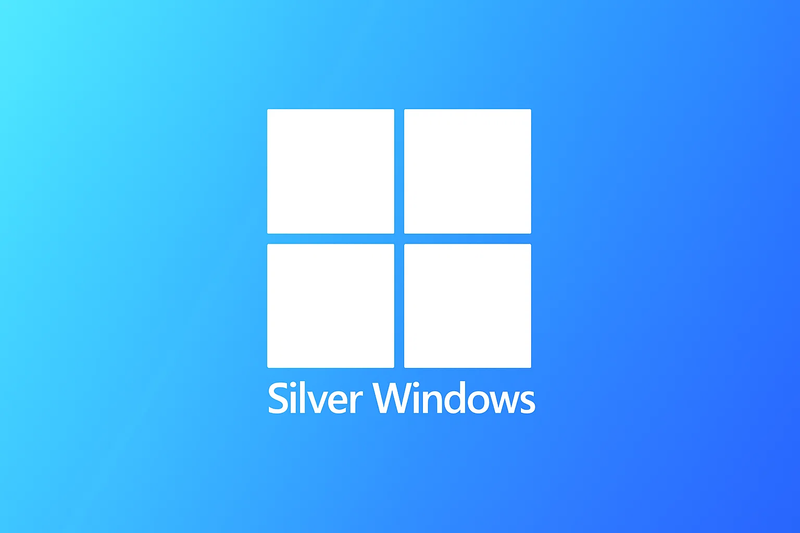No one knows about this giant industry that siphons silver, and it isn’t in batteries, missiles, or solar panels. It’s in the windows of homes and skyscrapers across the U.S., where a whisper-thin layer of silver is quietly becoming a cornerstone of national energy policy. Low-emissivity (low-E) windows, praised for reducing heat loss and enhancing comfort, owe their performance edge to one thing: nano-layers of sputtered silver. And despite being marketed for their energy savings, these optical coatings are silently converting every code upgrade and climate policy into structural industrial silver demand.
Let’s quantify the overlooked: At an average silver deposition of 0.26 grams per square meter, America’s new low-E windows and retrofit films are annually embedding 27.7 metric tons of silver into the nation’s architecture. That’s roughly 889,483 troy ounces per year—or to put it differently, a full third of the annual silver demand of all global photovoltaics back in 2010. This isn’t a rounding error. It’s a pipeline.
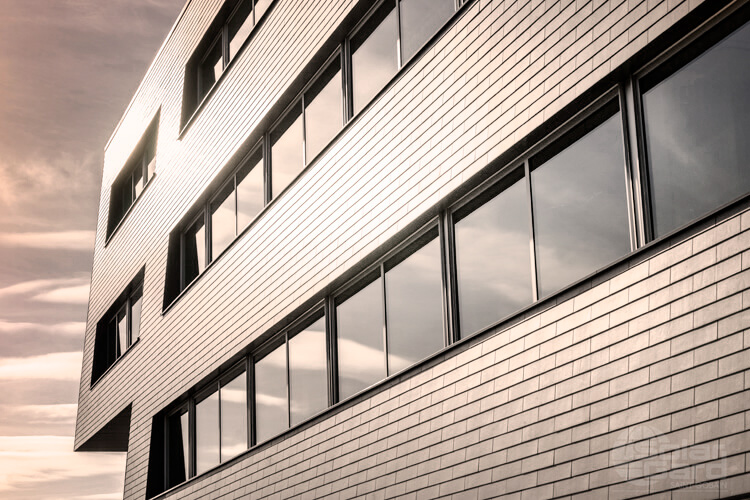
U.S. Window Silver Calculator — Annual Baseline
| Category | Area (m²) | Silver Intensity (g/m²) | Silver (t) | Silver (oz t) |
|---|---|---|---|---|
| Commercial Glass | 30,060,000 | 0.26 | 7.816 | 251,277 |
| Residential Glass | 75,060,000 | 0.26 | 19.516 | 627,441 |
| Retrofit Films | 2,790,000 | 0.12 | 0.335 | 10,764 |
| TOTAL | - | - | 27.666 | 889,482 |
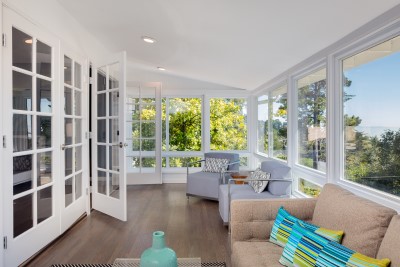

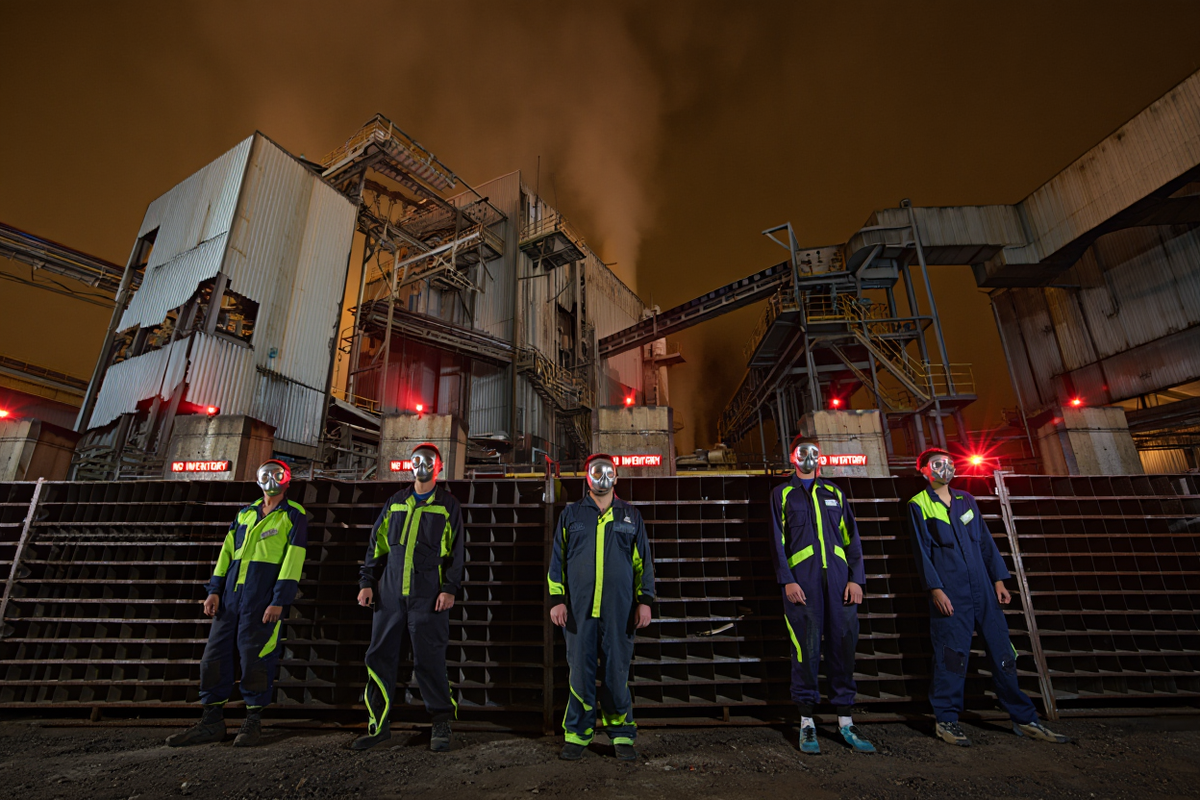
The Covert Mechanics of Low-E

So how does this play out at the molecular level? The silver layers are absurdly thin—8 to 15 nanometers—but when scaled up over tens of millions of square meters, they become a national inventory sink. Whether it’s a double-silver or triple-silver stack, the grams per square meter range from 0.20 to 0.40 g/m². The industry’s midpoint estimate of 0.26 g/m² assumes a blend of these configurations—a subtle, invisible shift toward deeper silver footprints with each new performance standard.

And the films? They’re not second-class citizens. High-performance retrofit films, especially those actually using silver (not aluminum or dyed ceramic), match these sputtered specs with 0.08–0.16 g/m² of silver content. These films often upgrade old, leaky windows without the cost or waste of replacement—but every install is another gram of precious metal off the market.



Sensitivity Scenarios for National Ag Demand
| Specs | Adoption & Coating | Silver Intensity (g/m²) | Total Ag (t) | Total (oz t) |
| Low | 80% adoption, single-silver | 0.13 | 12.3 | 395,326 |
| Mid | 90% adoption, double-silver | 0.21 | 22.3 | 718,569 |
| High | 100% adoption, triple-silver | 0.35 | 41.4 | 1,331,041 |


This Isn’t Just Glass, It’s A Silent Policy Engine


Building codes and incentives like ENERGY STAR® are the real silver multipliers. Every drop in U-factor requirements nudges builders toward multi-layered low-E stacks. Retrofit programs? They amplify it. The key isn’t just the square footage of new construction, but the policies making that square footage silver-thirsty. The tighter the code, the higher the Ag content per unit. And nobody in those policy rooms is accounting for this.
So why hasn’t this become front-page news in silver investment circles? Because the market narrative is fixated on solar and EVs. Meanwhile, architectural silver usage is hidden under layers of jargon like "optical stacks" or "spectrally selective coatings." Window vendors talk in U-factors, not ounces. Film installers sell "comfort," not bullion consumption. But the facts are the facts. Nearly 1 million troy ounces per year are being locked into inert buildings.
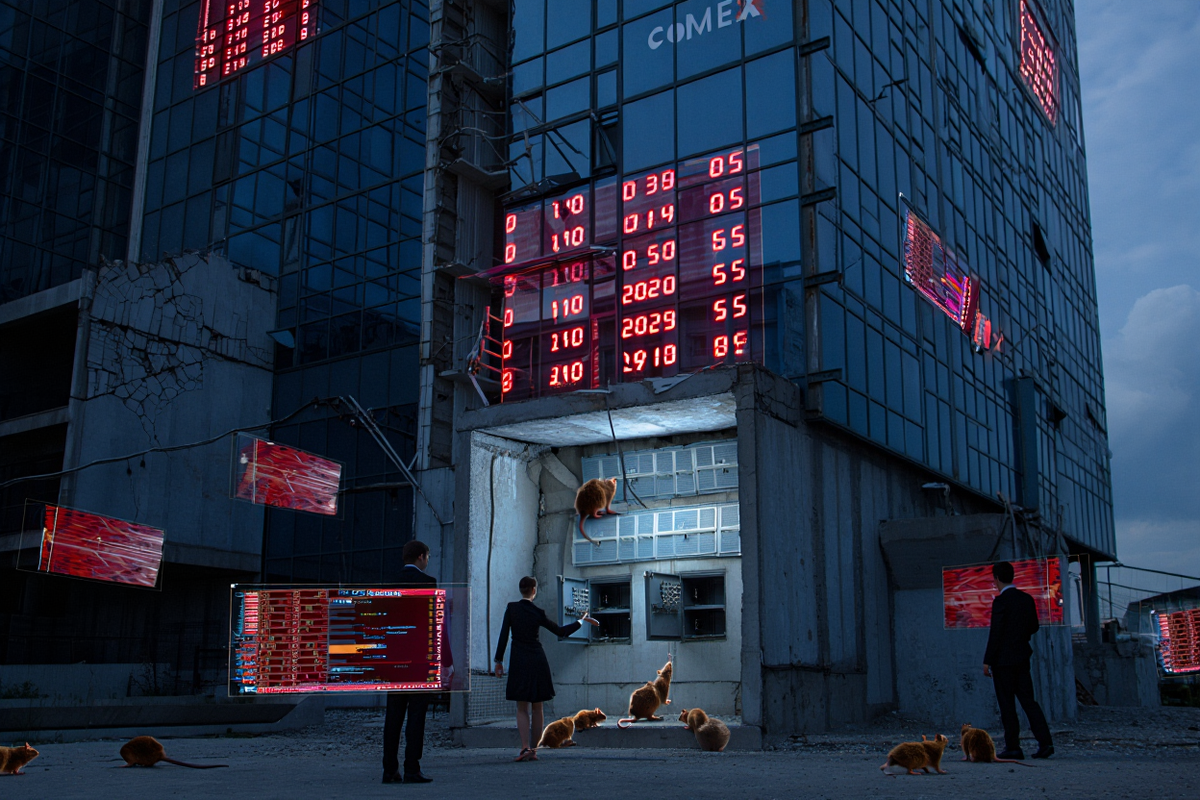
Looking to diversify your portfolio with tangible assets? Jim Cook at Investment Rarities offers expertly curated asset investments with their extremely dedicated team. Discover unique opportunities often overlooked by traditional markets. Visit InvestmentRarities.com Today!
Films: Underdogs with Overlooked Impact

At just 0.12 g/m² average, silver low-E films sound trivial until you zoom out. Even at modest U.S. volumes (~9.3M m²/year), they deliver nearly 11 tons of metal demand annually. This is plug-and-play silver demand. No mines. No permits. Just quiet consumption. If institutional buyers like school districts, universities, or federal agencies begin mandating low-E film retrofits, the demand spikes.

Why Silver Stackers Need to Care
Every gram vaporized onto low-E coatings is permanently unavailable to stackers, mints, or ETFs. This isn’t like coins that can be melted or jewelry that can be sold. Once silver is sputtered onto architectural glass, it’s entombed. You can’t economically recover it. That makes this demand structural and irreversible.
If the U.S. market alone is embedding nearly 28 tons a year, what about Europe? Japan? China? Add up the buildings, layer in policy drivers, and you’ve got a global stealth bid for silver that’s accelerating faster than most investors realize. And unlike photovoltaics—where silver loadings are being aggressively thrifted down—window coatings are locked into a quality-cost tradeoff. Go too thin, and the optical performance degrades. So there’s a floor under that 0.26 g/m².

And Let’s Be Real: This Was Always the Plan
This is what structural demand looks like. Quiet, bureaucratic, policy-fueled, and almost invisible to the mainstream. And yet, it drains real ounces from the market every single day. While Wall Street obsesses over rate cuts and CPI, silver is vanishing into the glass towers of America, one nanometer at a time.
This isn’t conspiracy. It’s physics, economics, and regulation colliding in plain sight. And if the silver market continues to run a deficit, these hidden channels of consumption become critical.


